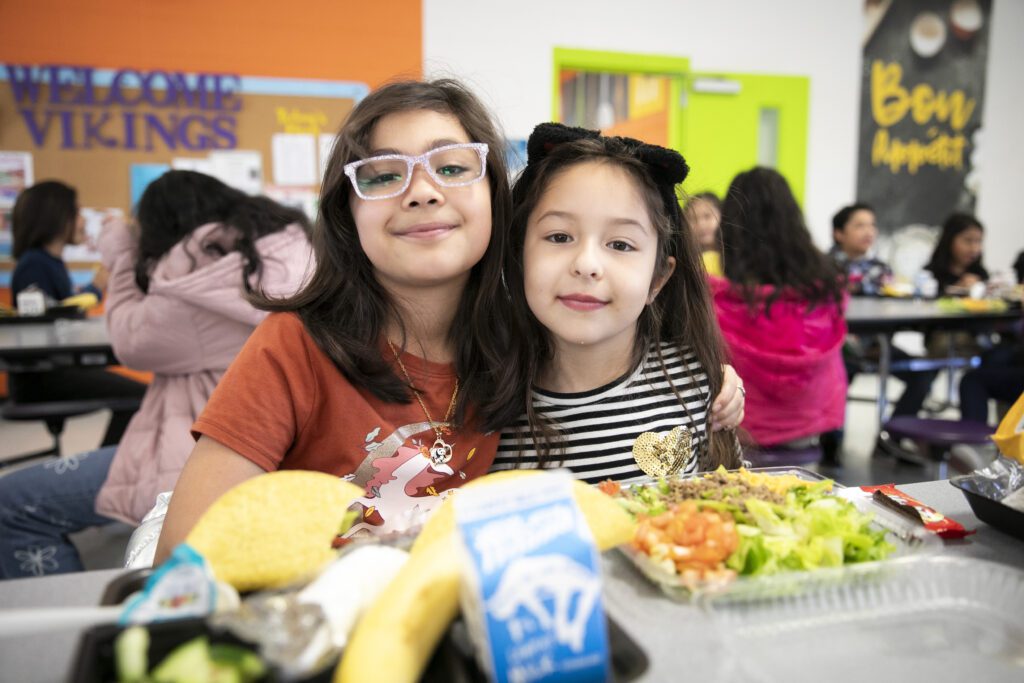
I recently used a Community Wealth Ventures convening of leading nonprofits in Cincinnati, and then a lecture at the Kennedy School in Boston, as an opportunity to discuss Share Our Strength’s unprecedented growth over the past two years. Specifically I sought to tease out and understand the key ingredients of that growth, almost as if presenting a case study. This is a unique moment in our 25 year history. And our recent experience is all but unique across the broader nonprofit sector. That makes it a valuable learning opportunity that could help others, whether within or outside the hunger field.
At Share Our Strength our revenues hovered around $13 million annually in the years between 2004-2008. We were a classic case of the nonprofit whose growth had reached a plateau. We were stuck. Then we sharpened our strategy and made investments in capacity – including a few we could not afford. Our revenues grew to about $19 million in 2009, $26 million in 2010 and they will be $34 million this year. We added 30 staff to a base of 65 in 2010 and we are hiring for 20 more now. Though improbable it was not accidental or coincidental. Lesson number one follows.
1. Go Big or Go Home. The linchpin of our growth was a commitment to shift away from short-term incremental progress in favor of long-term transformational change. The former is easy and comfortable. It is the norm, the natural order of things. You know how to get there. But so does everyone else. The latter is risky and hard to achieve. But it provides the inspiration that generates motivation, resources and a new sense of what is possible. Chicago architect Daniel Burnham, who designed Washington D.C.’s Union Station once said “Make no little plans. They have no magic to stir men’s blood and probably themselves will not be realized. Think big.” Establishing the bold goal of ending childhood hunger – not reducing, reversing, or redressing, but ending it – represented transformational change and more than any other factor has been responsible for our growth.
This was a complete departure from the way we’d done business for two decades. It required a different strategy as well as different staff, skills and experience than we possessed at the time. We already had a highly skilled staff but they weren’t necessarily skilled in some of the new directions in which we were moving. We had been a grant maker to other organizations, an intermediary, whose dollars were doing good things, but not necessarily moving the needle in a measurable way, or getting to the root causes of why children were hungry. We had priorities; we had well defined buckets of activities, but not a vision for ending hunger or a plan for achieving it.
Our strategy was premised on the fact that kids in America are not hungry because of lack of food or because of lack of food and nutrition programs, but because they lack access to those programs. Programs like school breakfast and summer feeding and food stamps, whose funds have been already authorized and appropriated with bipartisan support. So our strategy was to coordinate and resource the community organizing needed at the local level to knock down whatever barriers were preventing kids from enrolling in these programs. It meant leveraging OPM (other people’s money, mostly federal funds) and so naturally it yielded a great return on investment.
Devising a more compelling strategy is the nonprofit equivalent of product development. As any successful business leader will tell you, getting the product right is first among equals. Les Wexner, the founder of The Limited (Victoria’s Secret, Bath and Body Works) says: “Until you get the product right, nothing else matters. Once you get the product right, everything else matters.” In the nonprofit world your product is your strategy or “theory of change: or more simply, the outcomes you promise to deliver. Until you get it right, nothing else matters.
Tomorrow: Lesson # 2: The Most Important Audience for Your Strategy is Sitting Next to You.


